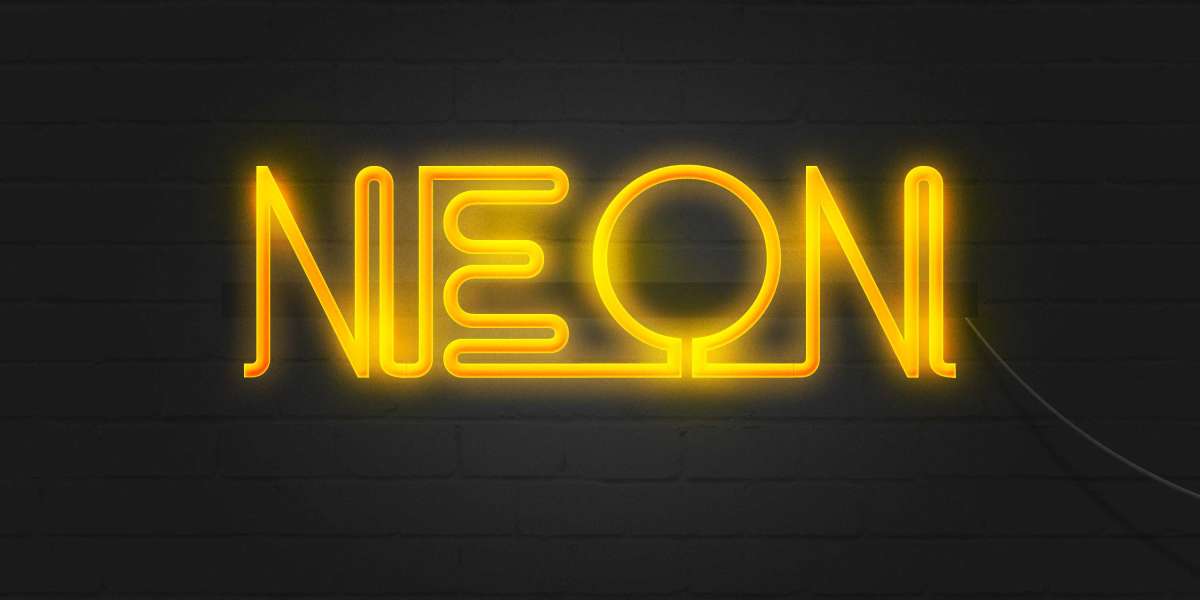In an era of persistent cyber threats, organizations increasingly rely on threat intelligence to stay ahead of adversaries. But not all threat intelligence is created equal. Broadly speaking, threat intelligence is divided into two categories: tactical and strategic. While each serves distinct purposes, both are essential for a comprehensive defense strategy. This is where Extended Detection and Response (XDR) enters the picture—offering an integrated platform that can bridge the gap between tactical and strategic insights to empower faster, more accurate, and more informed decision-making.
Understanding Tactical vs. Strategic Threat Intelligence
Before diving into how XDR enhances threat intelligence, let’s briefly define the two types:
Tactical Threat Intelligence
Tactical threat intelligence is focused on the present, offering granular, actionable data such as indicators of compromise (IOCs), IP addresses, malicious URLs, file hashes, and MITRE ATTCK techniques. This intelligence is essential for immediate detection, blocking, and response.
Strategic Threat Intelligence
Strategic threat intelligence takes a longer-term view. It analyzes threat actor motivations, attack trends, geopolitical risks, and industry-specific targeting. This kind of intelligence is vital for C-suite executives and CISOs to make decisions on security investments, risk management, and policy development.
While both are useful, organizations often struggle to correlate them and use them cohesively. That’s where XDR can make a significant impact.
What Is XDR and Why It Matters
Extended Detection and Response (XDR) is an integrated cybersecurity approach that unifies data across endpoints, networks, cloud environments, identity systems, and more. Unlike siloed solutions, XDR brings end-to-end visibility, automated detection, and cross-domain response into a single framework.
When it comes to threat intelligence, XDR acts as the force multiplier that contextualizes, correlates, and operationalizes intelligence of all types.
How XDR Enhances Tactical Threat Intelligence
1. Real-Time IOC Correlation
XDR platforms continuously ingest threat feeds from various sources and automatically correlate IOCs across the entire attack surface. For example, an IP flagged as malicious in a threat feed can be instantly checked against network traffic, endpoint logs, and cloud API calls.
2. Automated Detection and Response
Tactical threat intelligence becomes truly effective when paired with automated response mechanisms. XDR can use IOCs to trigger:
Quarantining endpoints
Blocking IPs and domains
Terminating malicious processes
Alerting security teams for further investigation
3. Playbook Integration
XDR platforms often come with pre-built and customizable playbooks. These can be driven by tactical intelligence, ensuring faster response to known threats without human intervention.
4. Noise Reduction and Prioritization
Tactical intel can be noisy. XDR helps by de-duplicating indicators, assigning risk scores, and prioritizing threats based on asset criticality, historical context, and correlation strength.
How XDR Strengthens Strategic Threat Intelligence
1. Data Aggregation and Enrichment
Strategic threat intel is only as good as the data and context it draws from. XDR aggregates telemetry across multiple layers—endpoint, network, identity, cloud—and enriches it with threat context, enabling deeper analysis of attacker behavior.
2. Campaign-Level Visibility
XDR connects individual alerts into attack chains or campaign narratives. This helps threat analysts see the bigger picture, identifying persistent threat actors, tactics and techniques over time, and evolving attack strategies—critical inputs for strategic decisions.
3. Metrics and Trends for the C-Suite
With its centralized data, XDR can generate high-level dashboards and reports showing:
Threat trends over time
Targeted assets and business units
Most-used attack vectors
Time to detect and respond
This helps CISOs and executives make informed decisions about investments, staffing, and policy updates.
4. Feedback Loop to Improve Defense Posture
XDR allows organizations to use strategic insights to refine security policies and detection rules. For instance, if strategic intelligence reveals an increase in attacks on financial systems using specific techniques, detection playbooks and response strategies can be proactively updated.
Tactical + Strategic: XDR as the Unifying Bridge
XDR is uniquely positioned to unify tactical and strategic threat intelligence into a cohesive security strategy:
| Capability | Tactical TI | Strategic TI | XDR’s Role |
|---|---|---|---|
| IOC Detection | ✔ | Automates and scales detection | |
| Response Orchestration | ✔ | Speeds up action through SOAR | |
| Threat Attribution | ✔ | Links threats to known actors | |
| Security Planning | ✔ | Informs policies and budgeting | |
| Contextual Correlation | ✔ | ✔ | Provides full attack narratives |
| Continuous Improvement | ✔ | ✔ | Closes feedback loop |
By enabling seamless handoffs between tactical responders and strategic planners, XDR ensures that day-to-day operations and long-term planning are aligned and adaptive.
Real-World Example: Financial Services
Imagine a financial institution using an XDR platform that ingests feeds from a commercial threat intelligence provider, the FS-ISAC sharing network, and internal threat hunting.
A new IOC—malicious domain—appears in a threat feed.
XDR flags recent communication between an internal server and that domain.
It automatically isolates the host and starts a deeper investigation.
The attack matches known behavior from a nation-state APT group previously observed targeting financial firms.
XDR’s dashboard updates to show an emerging pattern of attacks on trading systems over the past three months.
Now, both the SOC team and executive leadership are empowered:
The SOC stops the current breach and updates detection logic.
The leadership team reprioritizes security spending and tightens regulations on third-party access.
Conclusion
Threat intelligence is only as effective as the systems that operationalize it. Tactical intel provides the bullets, while strategic intel chooses the battlefield. XDR is the weapon system that ensures they work together to defend the organization.
By combining real-time response capabilities with high-level context, XDR empowers organizations to:
Reduce time to detect and respond (MTTD/MTTR)
Improve threat attribution and situational awareness
Align security operations with business strategy
Build a resilient, intelligence-driven defense posture
In a world where attackers adapt quickly, XDR ensures that defenders don’t just react—but anticipate, plan, and strike back smarter.













